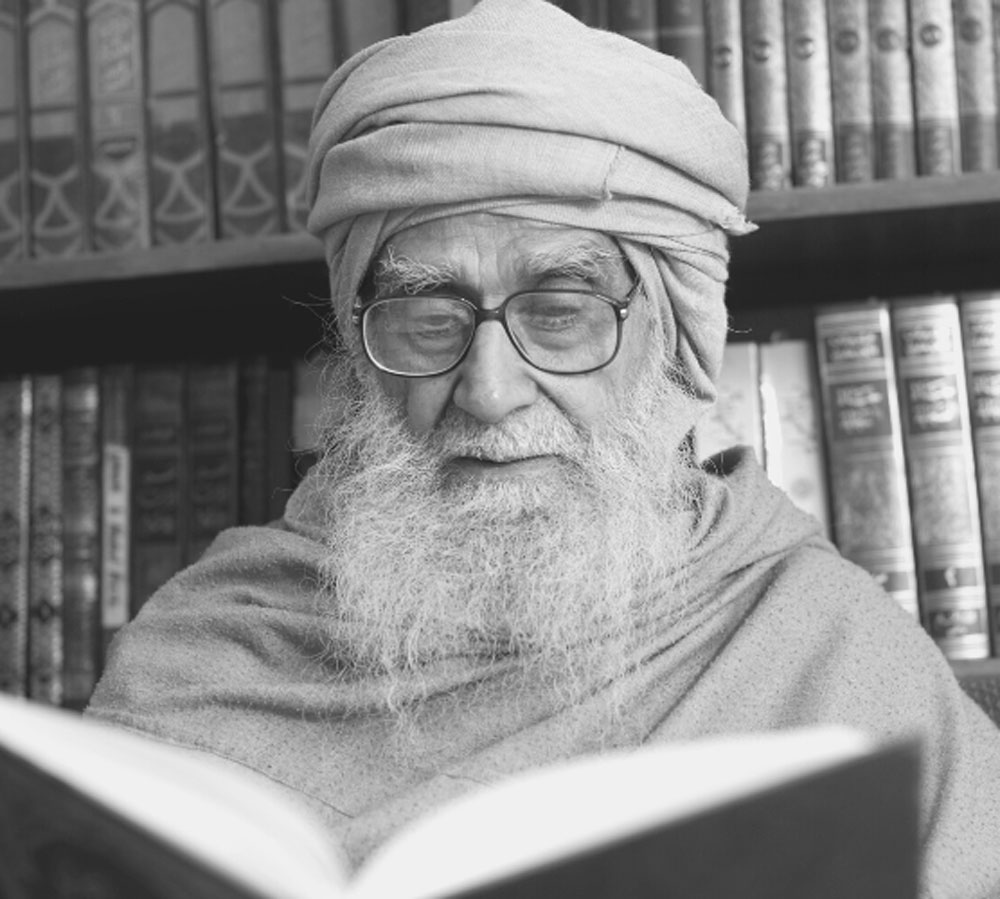RELIGIOUS MADRASAS
From the mid-19th century to the present, one of the most significant religious or Islamic movements in the Indian subcontinent has been the Madrasa Movement. The leaders of this movement were predominantly Islamic scholars (ulama). Through their persistent efforts, a network of madrasas was established throughout the region. Numerous small and large madrasas came into existence to such an extent that hardly any area was left without one.
The Islamic scholars did not only establish formal institutions in the form of madrasas; their personal lives also continuously served as a source of knowledge and education for people. It became a tradition among the ulama that their homes themselves functioned as centers of learning for the community.
I, too, have been closely associated with Islamic scholars for most of my life, in addition to receiving formal madrasa education. I have consistently benefited from their knowledge and religious guidance over the years.





